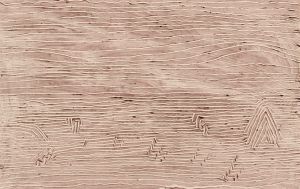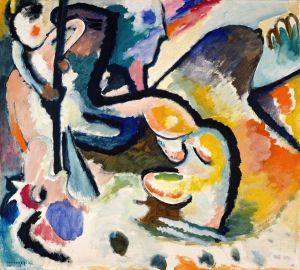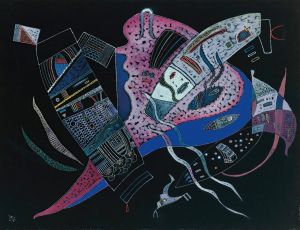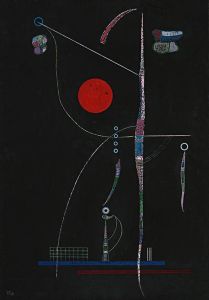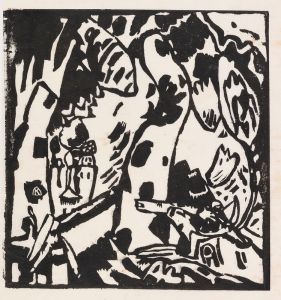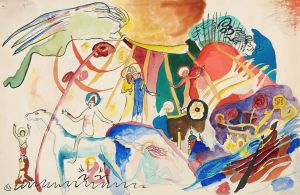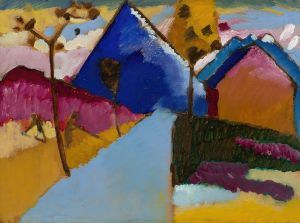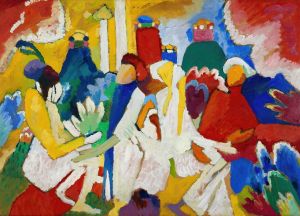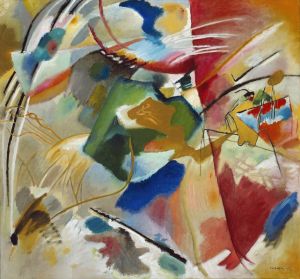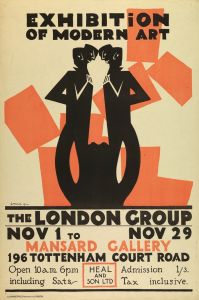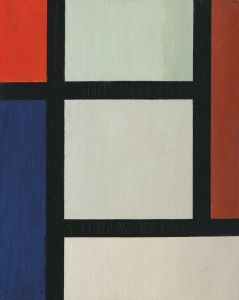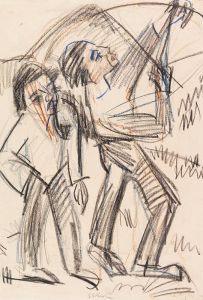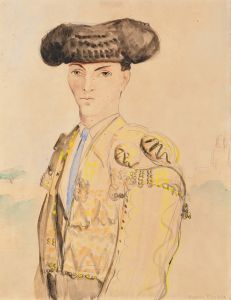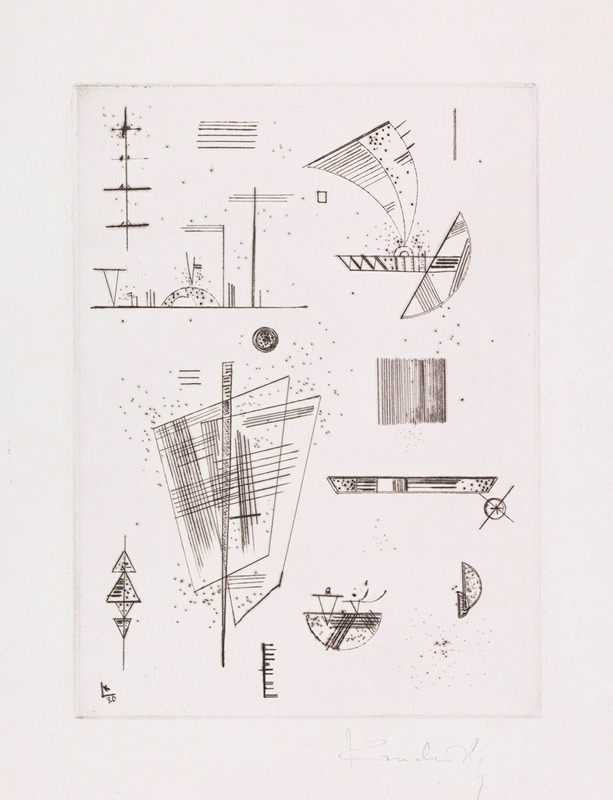
Erste Radierung für die Editions ,Cahiers d´Art
A hand-painted replica of Wassily Kandinsky’s masterpiece Erste Radierung für die Editions ,Cahiers d´Art, meticulously crafted by professional artists to capture the true essence of the original. Each piece is created with museum-quality canvas and rare mineral pigments, carefully painted by experienced artists with delicate brushstrokes and rich, layered colors to perfectly recreate the texture of the original artwork. Unlike machine-printed reproductions, this hand-painted version brings the painting to life, infused with the artist’s emotions and skill in every stroke. Whether for personal collection or home decoration, it instantly elevates the artistic atmosphere of any space.
Wassily Kandinsky, a pioneering figure in abstract art, created "Erste Radierung für die Editions 'Cahiers d'Art'" (translated as "First Etching for the Editions 'Cahiers d'Art'") as part of his collaboration with the French art publication Cahiers d'Art. This work, an etching, reflects Kandinsky's mature abstract style, which he developed during the later stages of his career. The piece was produced in 1930, a period when Kandinsky was deeply engaged in exploring the interplay of geometric forms, lines, and colors to evoke emotional and spiritual responses.
Cahiers d'Art was a prominent Paris-based art journal founded by Christian Zervos in 1926. It served as a platform for avant-garde artists, writers, and thinkers, and Kandinsky's contributions to the publication underscored his significant role in the European modernist movement. The etching was created specifically for inclusion in the journal, which often featured original works by leading artists of the time. This collaboration highlights Kandinsky's connection to the broader artistic and intellectual currents of the early 20th century.
The etching itself exemplifies Kandinsky's non-representational approach, characterized by a dynamic arrangement of abstract shapes and lines. By 1930, Kandinsky had moved away from the more fluid, organic forms of his earlier works and embraced a more structured, geometric aesthetic. This shift was influenced by his time at the Bauhaus, where he taught from 1922 until its closure in 1933. The Bauhaus philosophy emphasized the integration of art, design, and architecture, and Kandinsky's work during this period often reflected these principles.
"Erste Radierung für die Editions 'Cahiers d'Art'" is notable for its use of etching as a medium, which allowed Kandinsky to experiment with fine lines and intricate details. The monochromatic nature of etching also provided a contrast to his more widely recognized paintings, which often featured bold and vibrant colors. This work demonstrates Kandinsky's versatility as an artist and his ability to adapt his abstract vision to different mediums.
While specific details about the composition of this particular etching are limited, it is regarded as an important example of Kandinsky's printmaking and his engagement with the international art community. The collaboration with Cahiers d'Art further cemented his reputation as a leading figure in modern art and contributed to the dissemination of his ideas across Europe and beyond.





